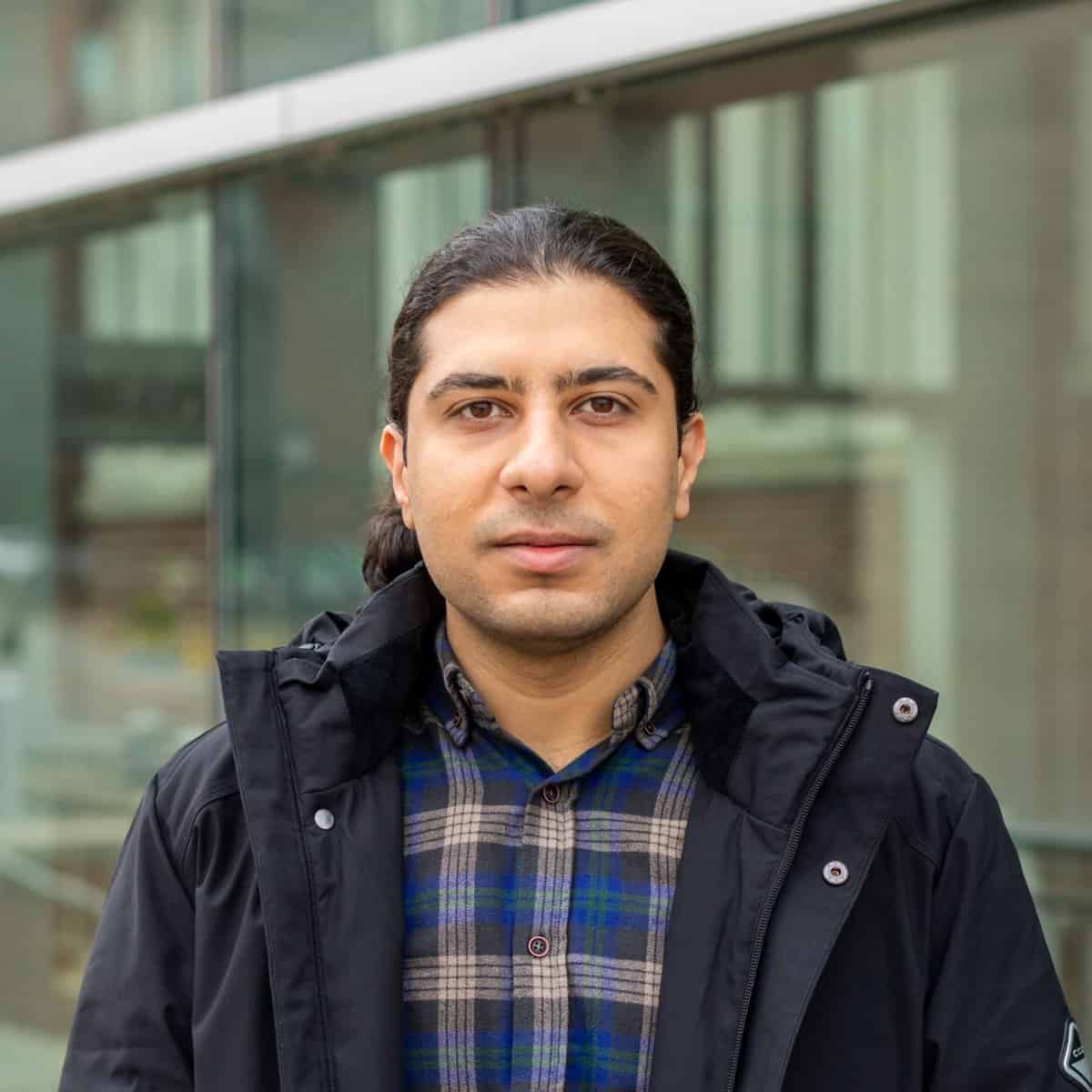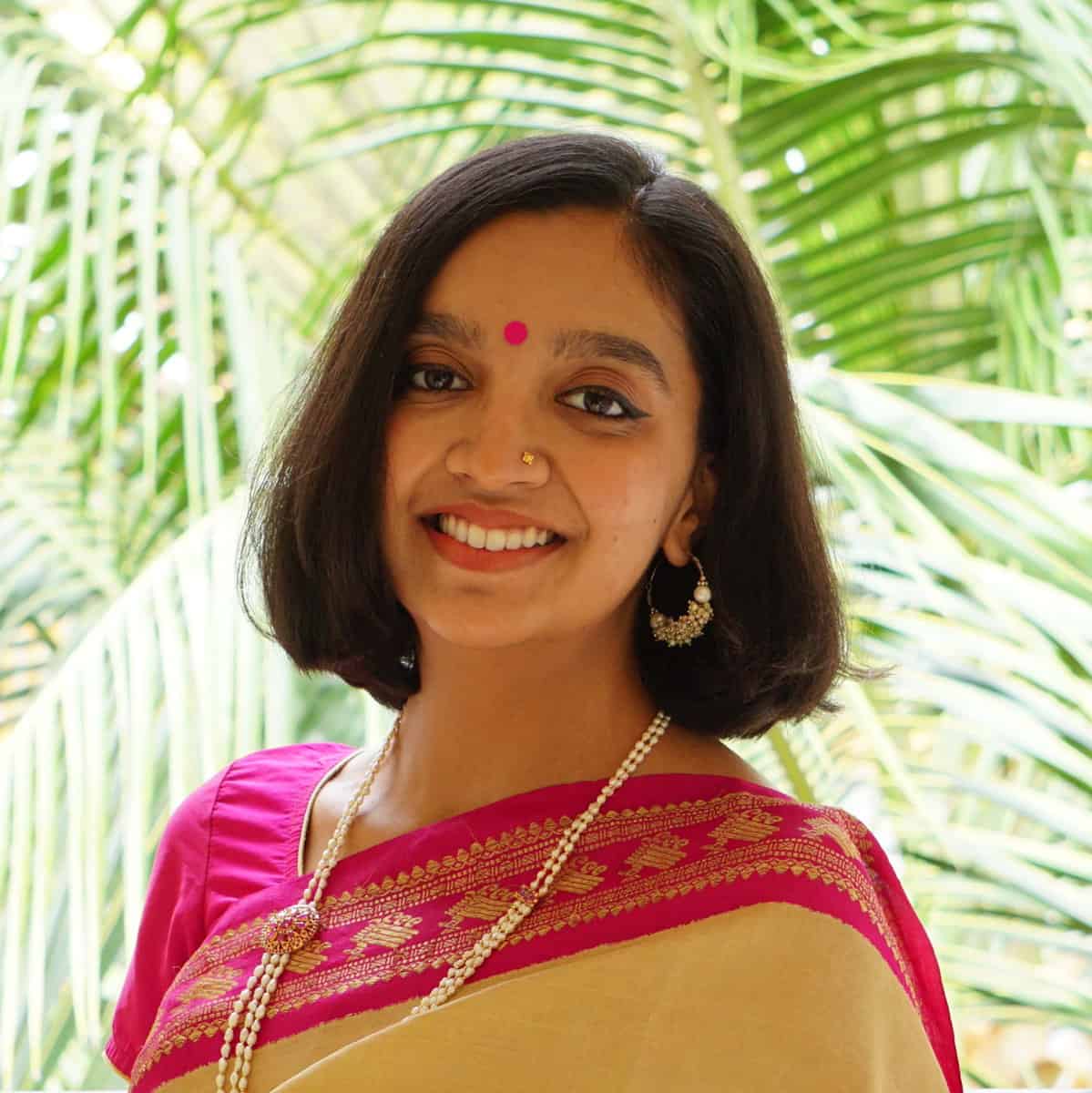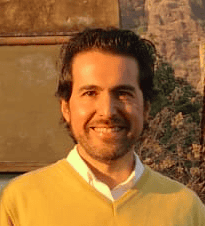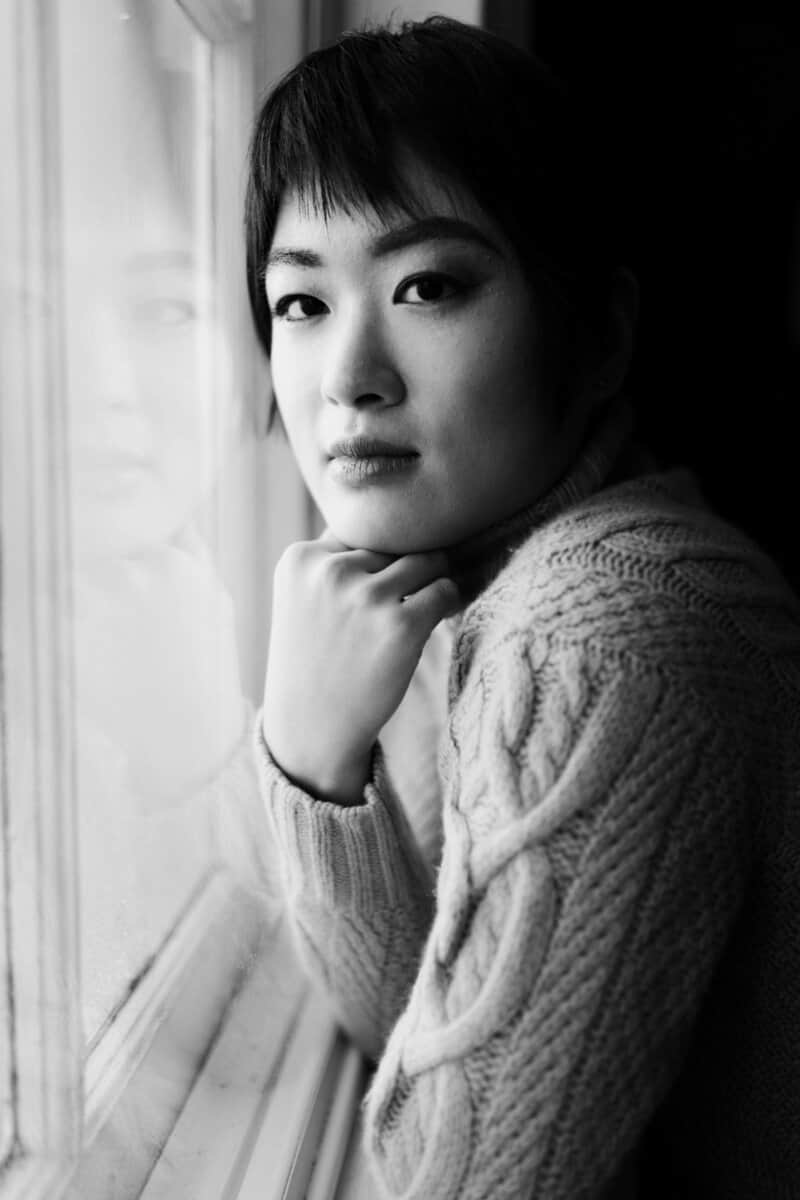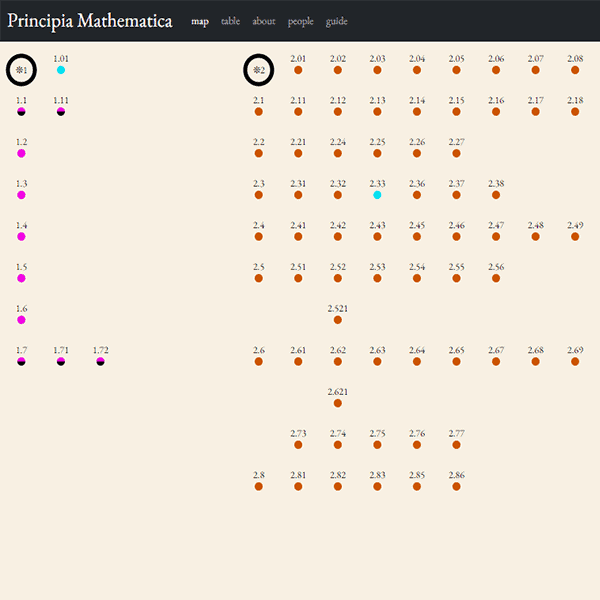Ever since I was an undergraduate student of Political Science the differences between access to basic amenities like clean drinking water, clean living spaces, health etc concerned me. I decided to work in the development sector to understand the reason better and to spend my life working in service of achieving dignity and equality forContinue reading “Understanding agrarian change through farmer’s emotions.”
Category Archives: Digital Scholarship & Publishing
Mahdi Feyz Karimlou’s post on summer project work
Iran’s political climate has experienced a series of social protests in the past few years. These episodes were caused by different issues and aimed at different ideals and demands which has given rise to the debate if they should be considered divergent, scattered protest activities or if they all can be seen as different aspectsContinue reading “Mahdi Feyz Karimlou’s post on summer project work”
How do artists’ books translate to a digital medium?
My project initially seemed straightforward, but I soon realized that the undertaking was much more profound than I had imagined. The question I began with was simple. What is the best way to portray an artist book online? Artists’ books are physical objects that convey meaning through structure, form and content. These books are worksContinue reading “How do artists’ books translate to a digital medium?”
“Memorias del corazón” a bilingual podcast
Historia in Spanish has different meanings and can be translated to English as a story or history. What makes a personal story history? What stories are part of history? What voices and stories are not included in history? “History is written by the victors” is a common phrase used to describe how structures of powerContinue reading ““Memorias del corazón” a bilingual podcast”
Rampage Party Press / in the works!
Hi! My name is Margaret Yapp – I’m currently an MFA candidate at the Center for the book, entering my thesis year. Before starting at UICB, I did an MFA in poetry at the Writers’ Workshop. I have spent the last few years at UICB really focused on learning letterpress printing and figuring out howContinue reading “Rampage Party Press / in the works!”
Python for English majors
My original goal for the Digital Scholarship and Publishing Studio’s Fellowship was to learn how to code in Python, with the end goal of using machine learning in my scholarship. However, one question that’s emerged during the summer is: how do you teach humanities majors to code? At first, I was asking this in moreContinue reading “Python for English majors”
Decades on and still standing: a history of trees on campus
uI like to press my ear against their rugged surface, run my fingers down the ridges of the bark. I close my eyes and breath in the scent of resins, of wet earth. Trees are special for me: they give me peace. That’s why I decided to make a documentary about the most significant treesContinue reading “Decades on and still standing: a history of trees on campus”
Introductory blog post: Connie Chen
Hi! My name is Connie Chen. I am an upcoming 3rd year MFA student in the Nonfiction Writing Program. My thesis in creative nonfiction is my book project titled This is a Zoo, a polyphonic liturgy with candid appreciation of unruly flesh, and penetrating analysis of chronic illness, gender, identity, and their roots in artContinue reading “Introductory blog post: Connie Chen”
UI Libraries Digital Scholarship & Publishing Studio builds first-ever digital and searchable map of Principia Mathematica through multi-institutional, NEH-awarded grant
With a $281,104 Scholarly Editions and Translations grant from the National Endowment for the Humanities (NEH), researchers at the University of Iowa and Western Kentucky University collaborated to build the first-ever digital map and data table for all three volumes and 1,992 pages of Principia Mathematica—a monumental work in the philosophies of mathematics and logic.Continue reading “UI Libraries Digital Scholarship & Publishing Studio builds first-ever digital and searchable map of Principia Mathematica through multi-institutional, NEH-awarded grant”
Introducing the Studio’s 2024 Summer Fellows
The University of Iowa Graduate College and the UI Libraries Digital Scholarship & Publishing Studio are excited to announce that 10 graduate students have been selected for the 2024 Studio Summer Fellowship program. These individuals will soon take part in an eight week course that provides mentored digital scholarship experience, as well as trainingContinue reading “Introducing the Studio’s 2024 Summer Fellows”

